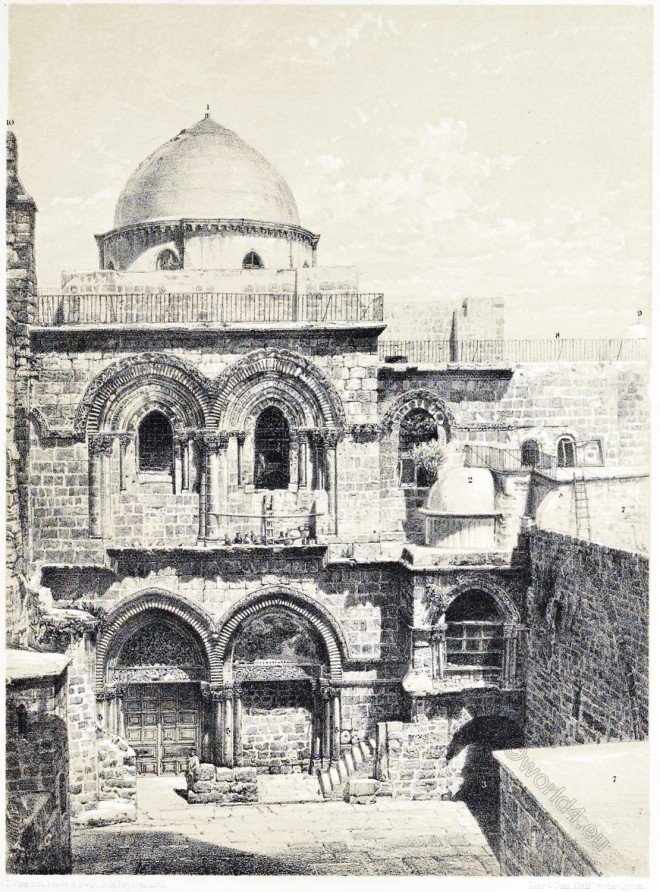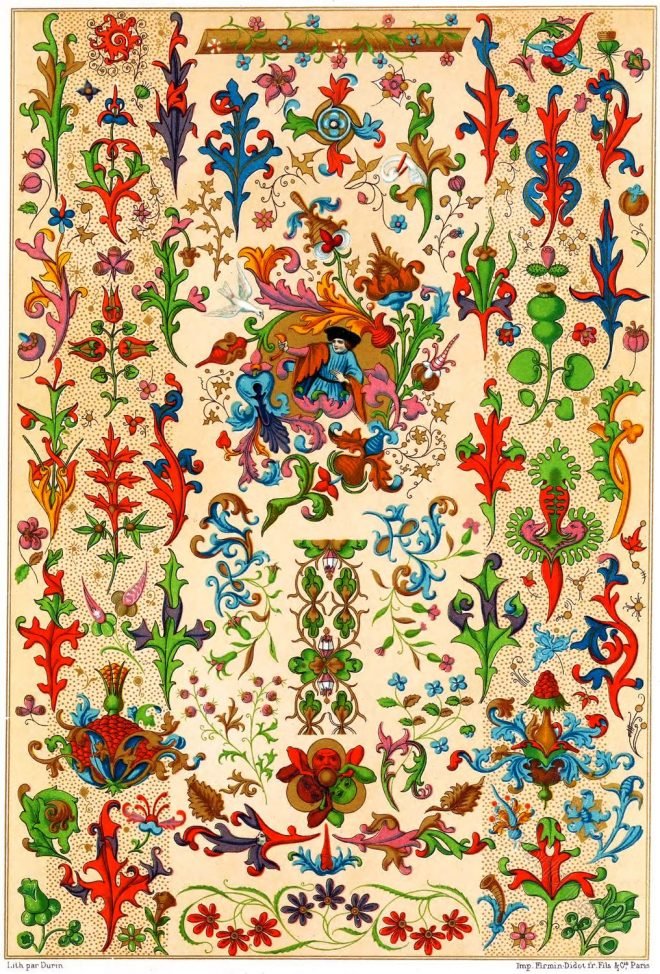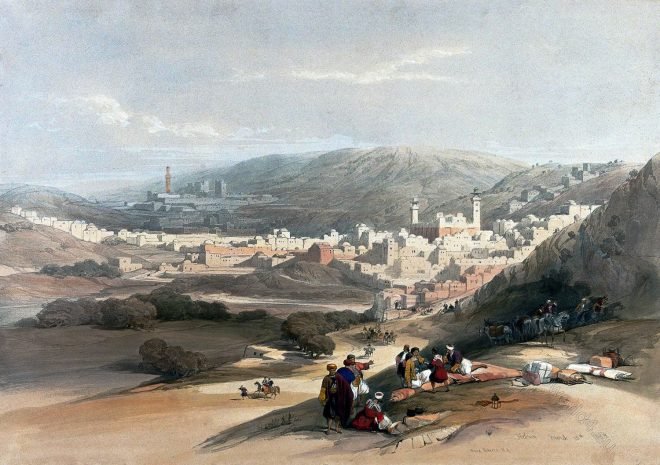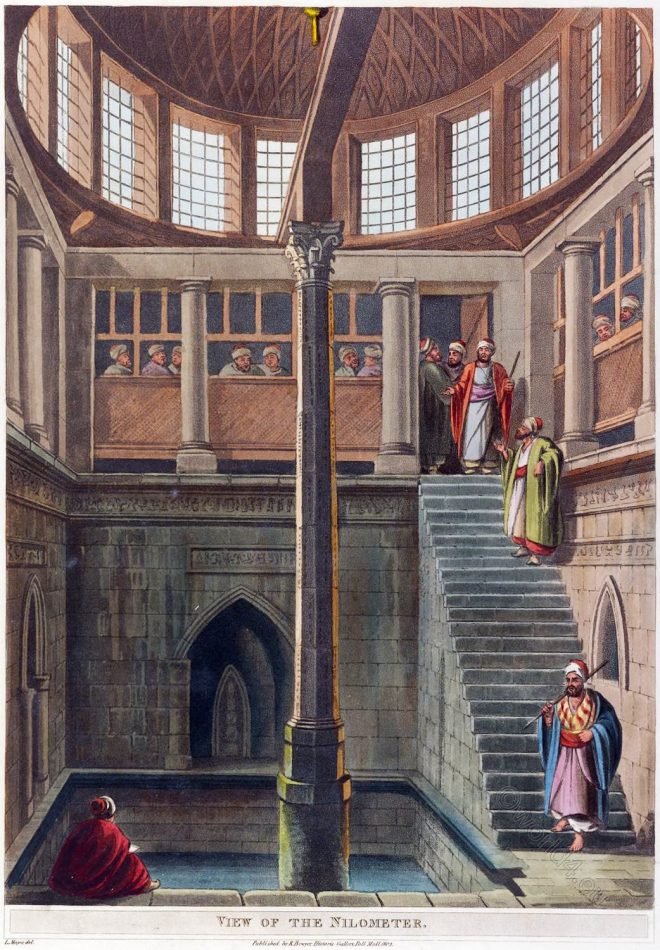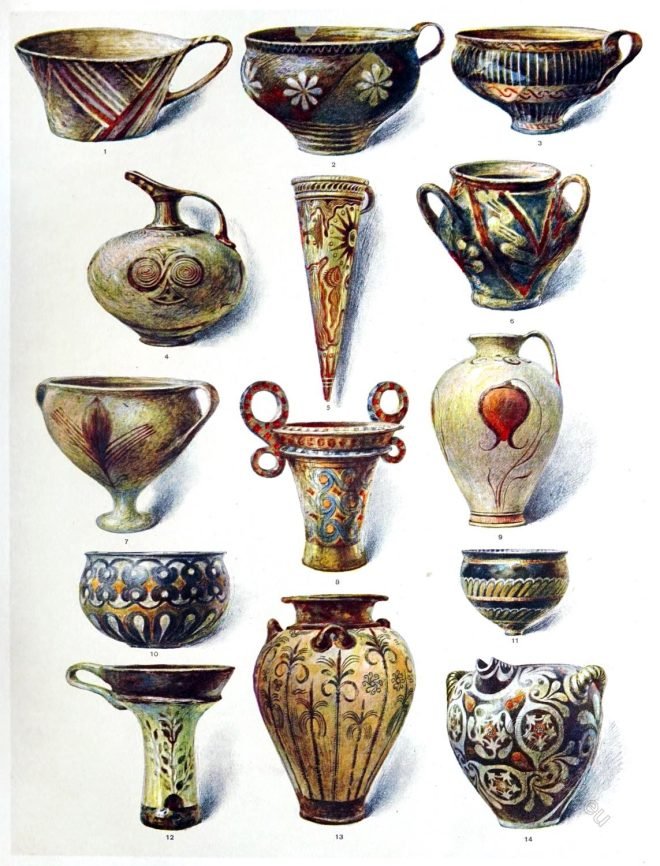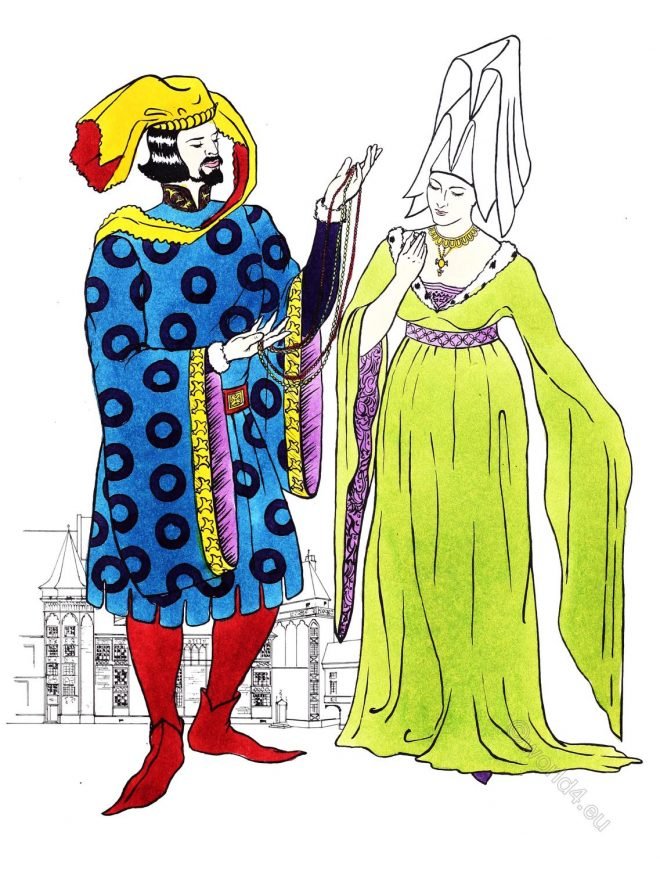CATLIN’S NORTH AMERICAN INDIAN PORTFOLIO. PLATE No. 1. GROUP OF NORTH AMERICAN INDIANS, FROM LIFE.
The spirit or ghost dance headdress of the Apache.
The Medicine-men of the Apache. The spirit or ghost dance headdress of the Apache. Apache kan or gods (Drawn by Apache).
Jerusalem. Plan of the Church of the Resurrection and the Holy Sepulchre.
Plan of the Church of the Resurrection and the Holy Sepulchre. Interior views of the Great Dome, Calvary, Greek Chapel, Chapel of S. Helena.
Scene at Fifth Avenue, New York by William Thomas Smedley.
Belle Époque. Fifth Avenue looking north towards the southern entrance to Central Park by W. T. Smedley, 1899.
Conventional flora and flower work. Middle ages. 15th century.
THE details that fill the accompanying plate are too numerous for us to indicate the sources from which they have been derived, but they have all been taken from manuscripts of the fifteenth century.
The Holy Land. Hebron one of the oldest cities in the world.
Hebron is one of the most memorable sites of Palestine, as the abiding place of Abraham, Isaac, and Jacob.
The Nilometer on the Isle of Rhoda, Cairo, rebuilt in 861.
The Nilometer of Roda is considered the most important Nilometer from Islamic times, it was rebuilt by the Abbasid Caliph al-Mutawakkil.
South-west view of the Erechtheion on the Acropolis in Athens
The Erechtheion is an Ionic-style temple on the Acropolis in Athens, built between about 420 and 406 BC.
Earthenware from Crete and Greece. Middle and Late Minoan.
CRETE AND GREECE. Middle and Late Minoan circa 2000—1200 B.C. Vessels from Cnossus, Mochlos, Korakou, Palaikastro, Melos.
The costume worn in the late 14th or early 15th century.
History of Costume. The chaperon, cote-hardie, houppelande, liripipe, poulaines. Fashion of the middle ages.



